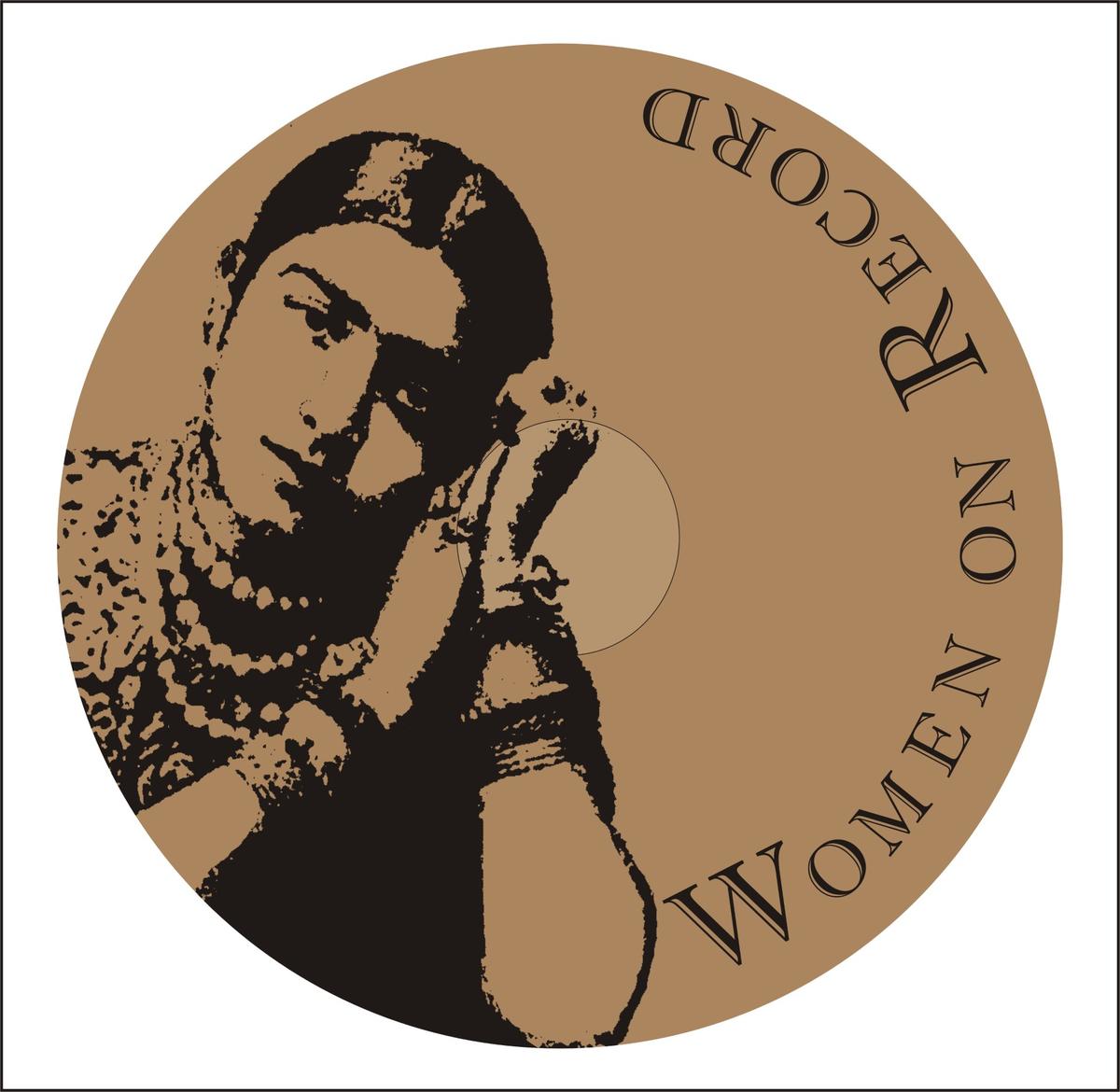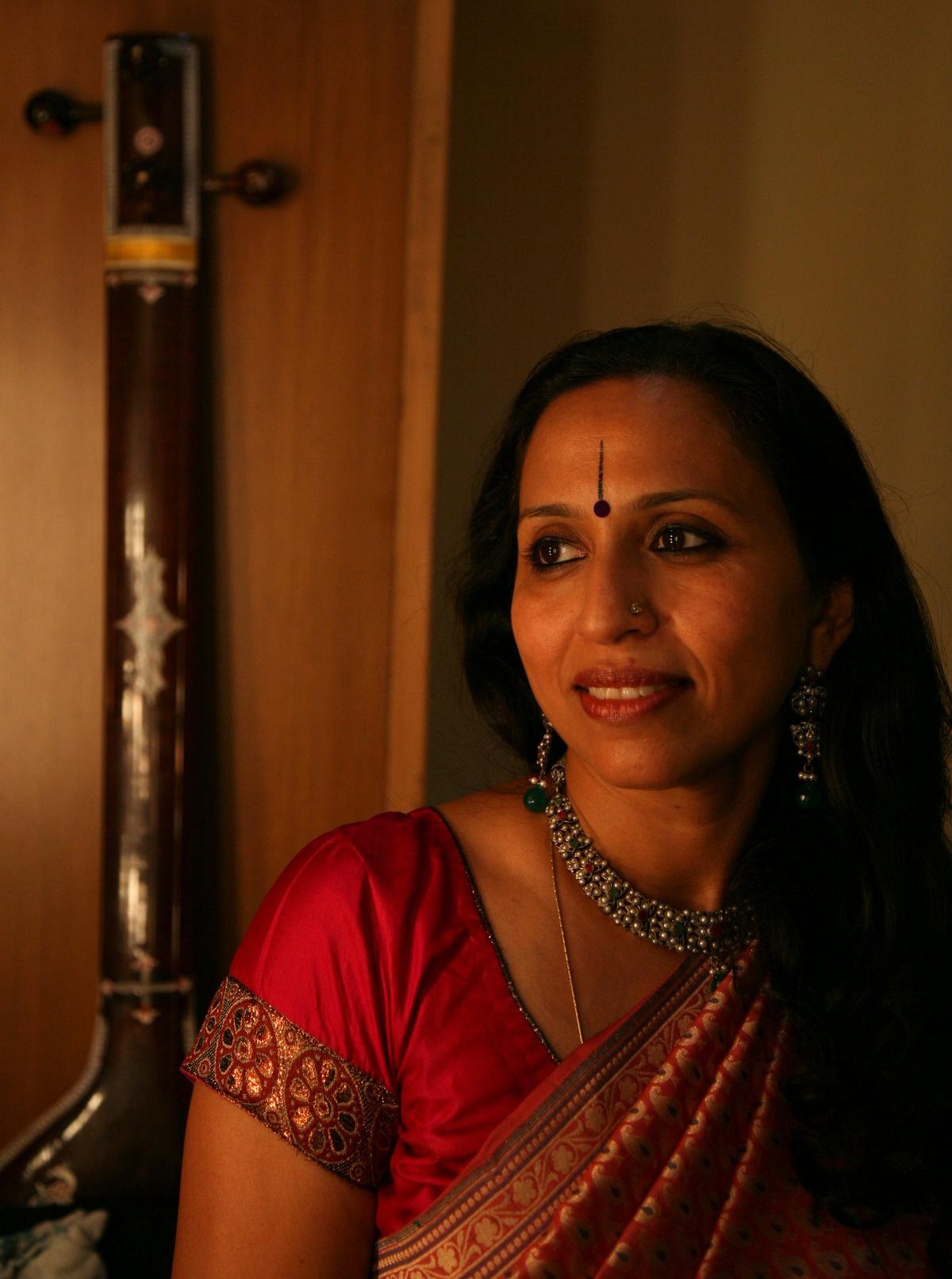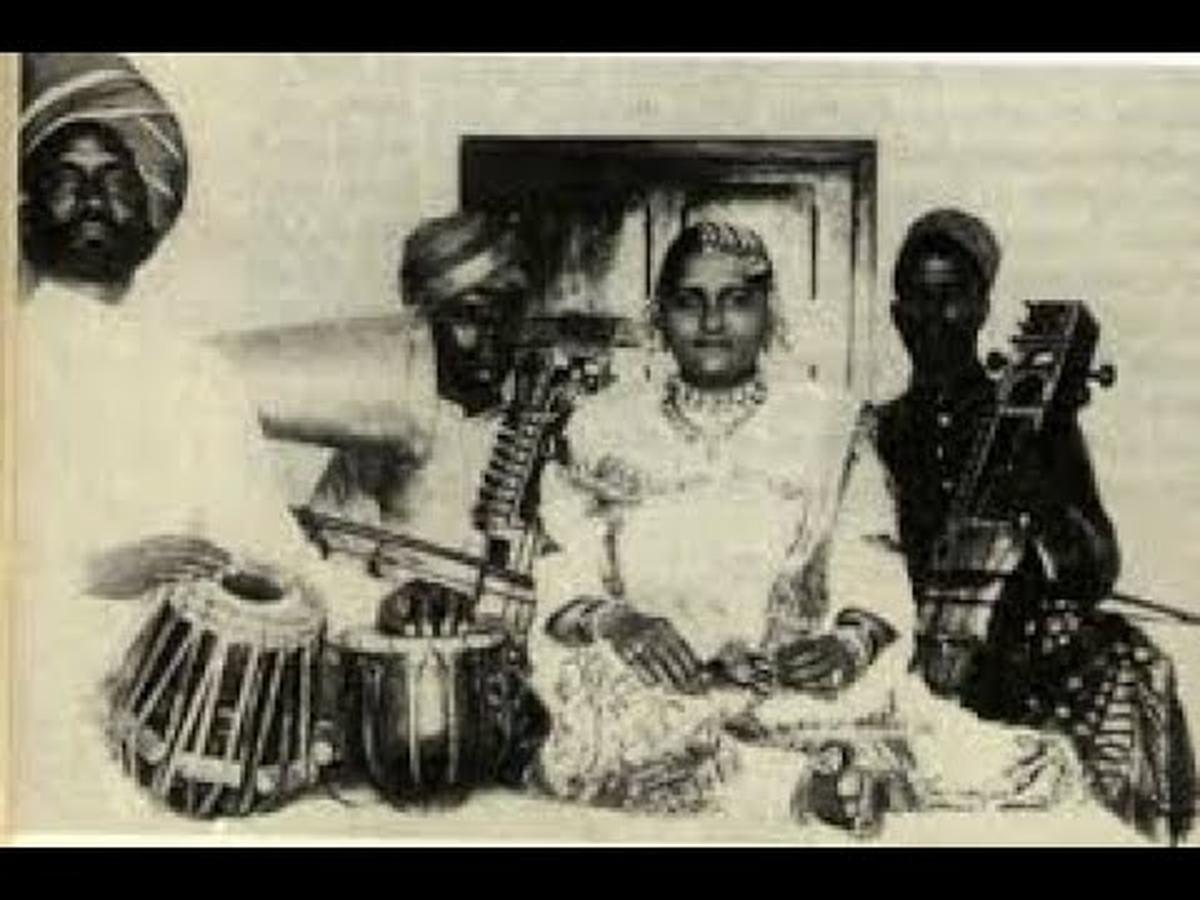
Gauhar Jaan, first Indian artiste to record on gramophone
When Thomas Alva Edison wrapped tin foil around a metal cylinder to create the phonograph (a crude recording device), in 1877, he sang ‘Mary had a little lamb’ to test it. He couldn’t possibly have imagined that in just 25 years, his ‘favourite invention’ would travel to India in its evolved version as the gramophone and record raag Jogiya rendered by Gauhar Jaan, an Indian courtesan of Armenian descent.
The career choices that Gauhar Jaan and her colleagues — all highly skilled musicians and divas in their own right — made in that period would forever alter who could hear music, where and when. Stories about how these artistes pioneered the Indian music industry were shared by musician and researcher Vidya Shah in ‘Women on Record’, which was part of Bangalore International Centre’s commemoration of Women’s Day. Titled ‘Unheard Narratives,’ BIC’s series included talks, film screenings and concerts.

‘Women on record’ was packed with stories about how women artistes pioneered the Indian music industry
‘Women on Record’ highlighted how the first voices to inhabit gramophone technology in India belonged to women — courageous, talented and farsighted enough to know that this enterprise would be worth the risks. Unfiltered, bold voices, superb artistry and musicianship and also flamboyant personalities shone through the and stories about these trailblazers, known variously as tawaifs, baijis, gaanewaalis, courtesans and devadasis. They played a crucial role in democratising music, because male maestros of the time steered clear of the gramophone — fearing loss of voice and the sullying of classical music, if it were to be made widely available.
The gramophone, thanks to these women who went on record, became a household object (at that time, in the homes of the rich), later spawning street corner soirees, riddles, advertisements and jokes in its name.
Though women who chose to record were commercially successful, their social standing was diminished over time by Victorian morality and British politics. The erasure of information about their role and contribution to Indian history and culture is remedied by ‘Women on Record’ (that also exists as a film that Vidya co-created with Parthiv Shah, and in a book called Jalsa (Tulika Books). Vidya says she found it “particularly endearing and inspiring” that these women had “thought through their lives and creative processes in very practical, clever ways”.

Musician and researcher Vidya Shah
“Two artistes, other than Gauhar Jaan, who touched me deeply in terms of their music and entrepreneurship were Janaki Bai Ilahabadi and Sundera Bai Punekar,” says Vidya. “As a musician today, I am aware of the need to be savvy and entrepreneurial. These women did that at a time when resources were really limited. Janaki Bai Ilahabadi managed to not be caught up in tight contracts by negotiating with labels. She taught us by example that the artiste should matter. Sundera Bai Punekar went on to make enough money to buy properties in places such as VT in Mumbai, and, at one point, even owned a film theatre.”
The stories behind the music fascinated her more than the music, shares Vidya. Fifteen years ago, when an audience member shared a cassette of songs by artistes from this era, it was their names and location that got her curious. “I became interested in the gender-technology connect. If you look at technology as a thing, it tends to be more male oriented, but here I observed the opposite,” she says. Grants and fellowships facilitated research that would lead to the film, book, exhibitions and concerts.

Janaki Bai Ilahabadi
Vidya’s intent was to understand “how knowledge gets transferred through the record by women who are not necessarily acknowledged through that mainstream tradition. There is this whole cleansing that has taken place”, she points out. ‘Women on Record’ attempts to address that. The challenge was not about “actually getting the records but to get to the stories behind the names and to find people to share stories, more anecdotal than academic. Some of the songs were collected from friends’ grandmothers. That has been the nice part of the project,” she adds.
Published – April 02, 2025 05:53 pm IST


Leave a Reply